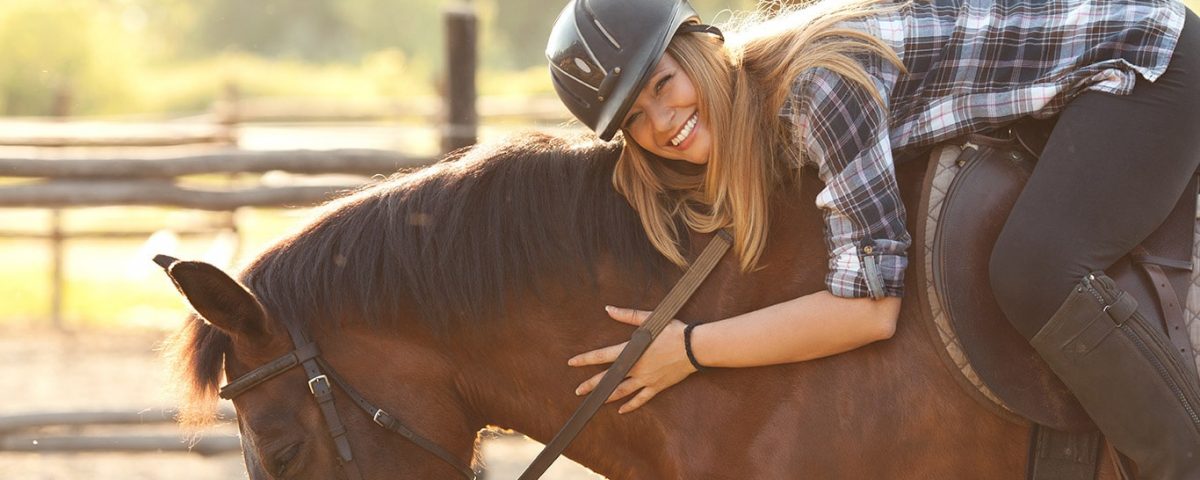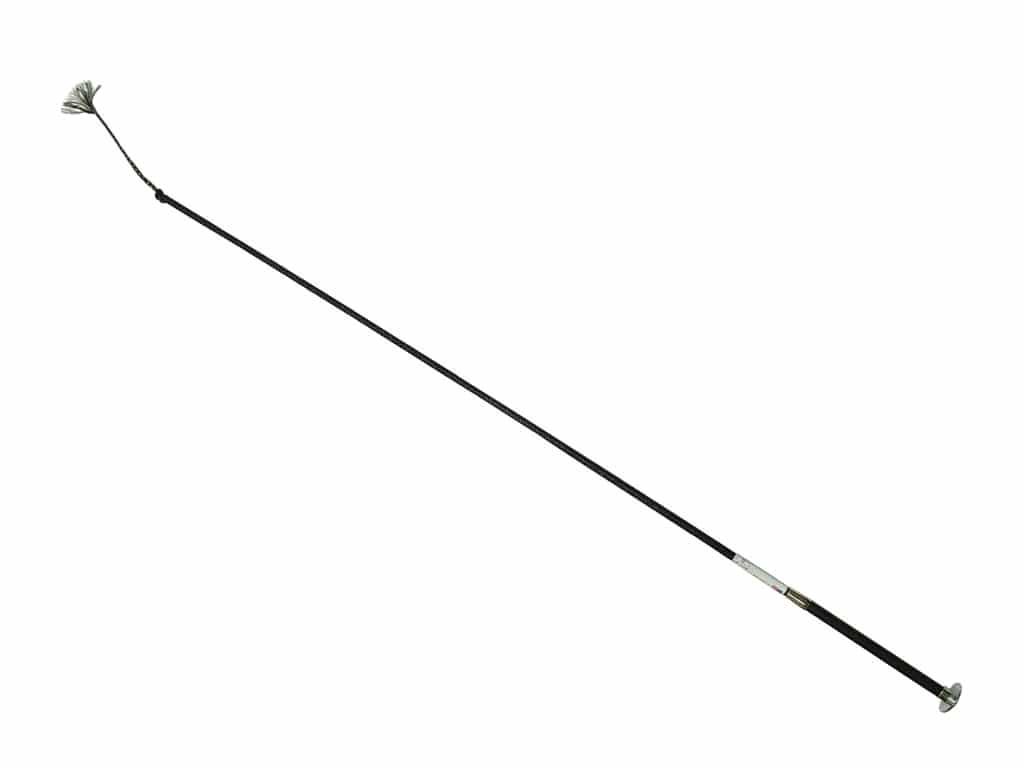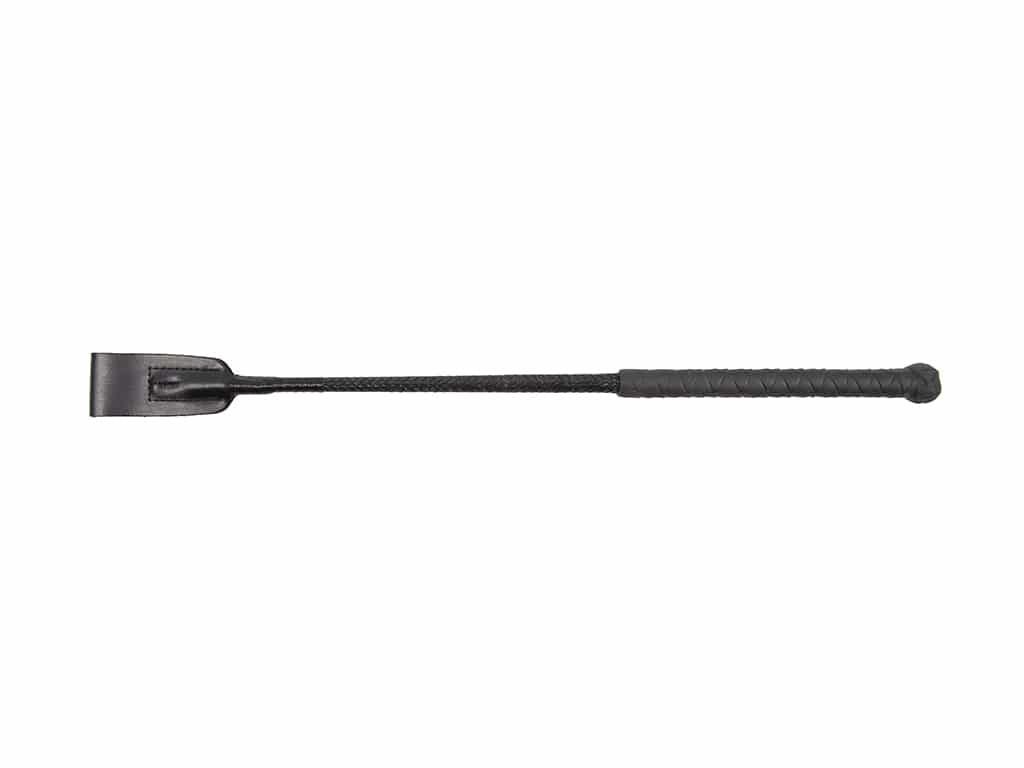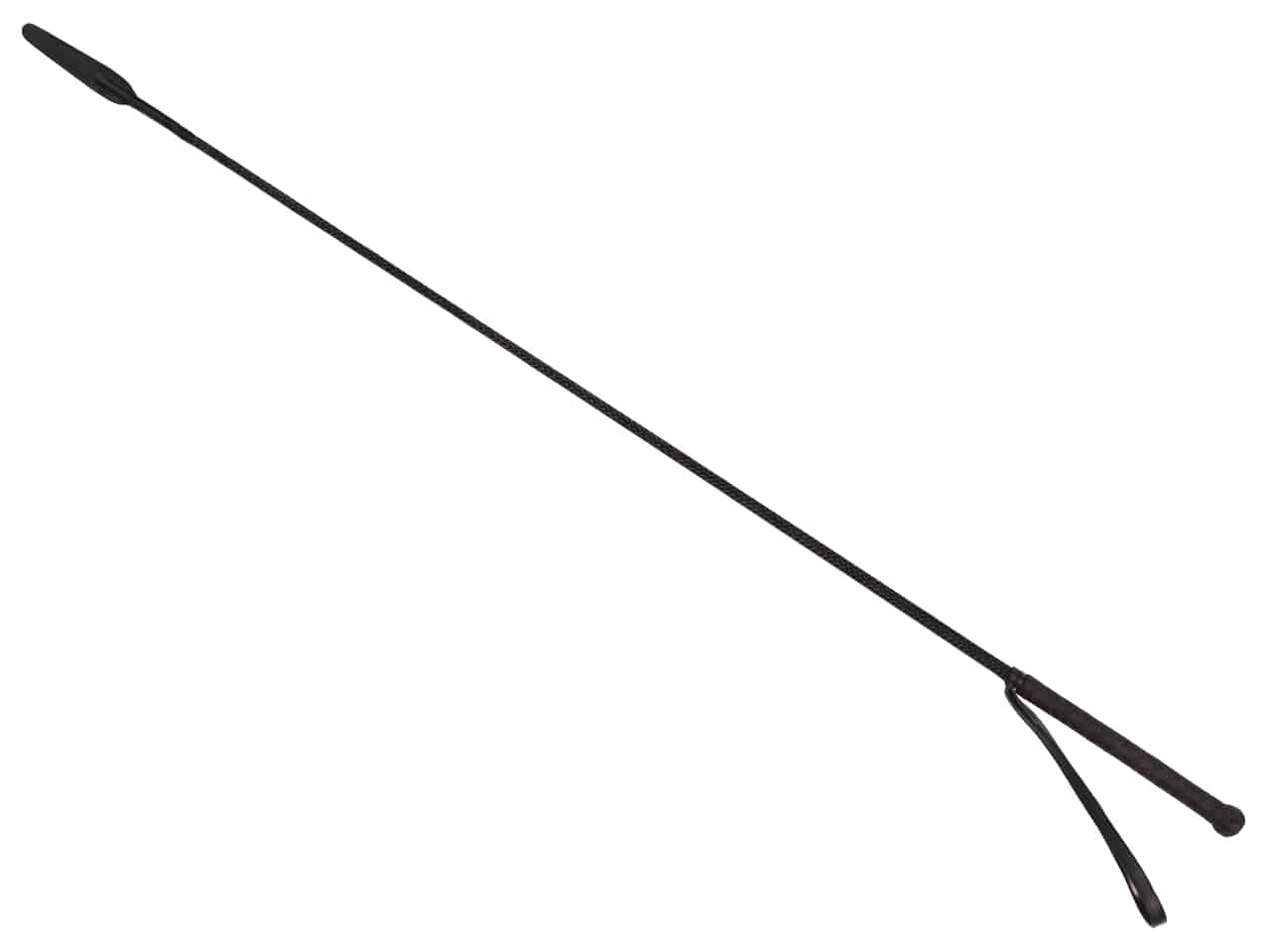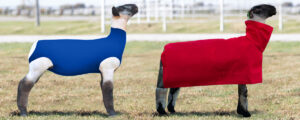April showers have brought May flowers, and with them, the perfect weather for trail riding. The sun is staying out longer, the weather grows warmer, and the trails are beckoning.
Spring Maintenance For Equestrians
Barn Maintenance Tips
Whether you stable your horse at home or keep him at a boarding facility, there are many things that must be accomplished this time of year to prepare for summer riding and competitions.
Dust, cobwebs, old straw, and other bedding, and leftover hay should all be carefully removed from stalls and aisle ways. Not only are these a fire hazard, but dusty hay can be bad for your horse to consume and breathe. If this is not your responsibility because you board your horse, make sure it is brought to the attention of barn owners if your horse’s area is in need of some routine care.
While you’re at it, check the condition of your barn’s fire extinguishers, first aid kits, and other emergency materials to ensure that nothing is expired or empty.
Spring is also a good time to have your horse’s heavy blankets washed and stored for next year.
Tack/Equipment Cleaning and Care
Performing regular cleaning and maintenance of your tack is good advice no matter the season, but this is particularly true in spring. Spend some time this season doing a deep clean of your equipment. Safety check everything – is anything frayed, worn or broken? It’s a good time to repair or replace any broken pieces, and oil all the leather. If you have metal parts to your tack they need to be polished, cinches checked for breakage, and your own show clothes checked for wear and tear. If you use riding crops look for fraying on the edges, and oil all leather components. Consider donating or selling any pieces that you don’t regularly use, and upgrade any of your existing tack to suit your current needs.
Spring Horse Care
Getting Back In Shape
Both you and your horse need to get back in shape after the winter break. Horses often gain weight over the colder months due to being ridden less frequently. Working yourself and your horse back into better shape will take some time and dedication so take it easy on yourself and your equine partner as you get back into a routine.
Work on lunging your horse as he gets back into a regular exercise routine. Check that your lunge leads and lunge whips are in good shape after a winter of being rarely used.
Grooming Your Horse
A shedding winter coat under a saddle blanket can cause your horse to feel itchy, making even the most well trained and eager equine act out or misbehave. A good, through grooming, will have your horse looking and behaving top notch this spring and summer.
Make sure you have all the right tools on hand to properly remove your horse’s undercoat and to keep him looking his best. This is a good time in inventory your brushes and other items you may be taking with you to competitions or events this season.
Routine Vet Care
Aside from checking out the state of your horse’s hooves after long, wet months, your vet will also help you prepare for show and trail season.
To prepare for your vet’s visit you should take a look at the health requirements for any shows or events you are planning on attending. What vaccination records will you need? Is a health certificate required? Are you traveling out of state? What are the different vaccine requirements in different states? Do you have a current Coggins test?
Check on the state of your vet’s (or barn regulations if you’re boarding) worming program and make sure your horse is being wormed appropriately. Warm weather leads to more bugs and we know that can lead to parasites for all our pets.
Make an appointment with your farrier too. Depending on how much standing around your horse has done this winter season he may be in need of a trimming or its likely time to put new shoes on.
Making sure your horse’s health is a top priority, and your paperwork is all up to date will save you any hassle or running around later in the summer.
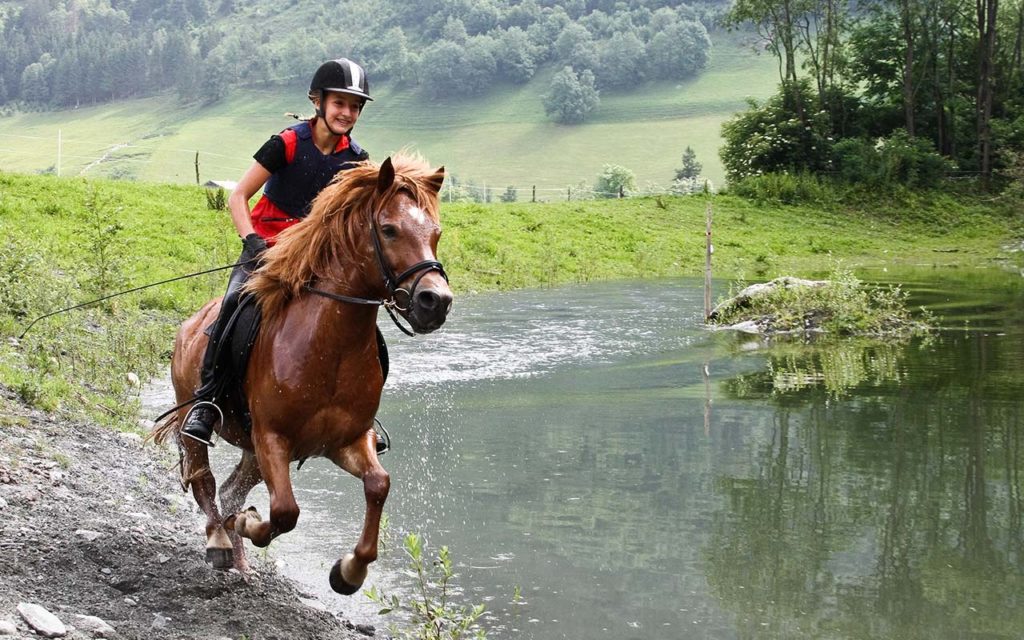
Preparing for Riding
Trail Knowledge & Maintenance
Depending on where you live, winter can be tough on the trails you normally ride. Be prepared for environmental changes along your routes. Be conscious of where you are riding and look out for dangerous materials in your way that may have been caused by heavy snow and rains.
You can carry some simple pruning tools or a small saw to help to clear some small debris that you find, but leave it to experts to handle any real trail damage. Make sure you report any trail damage you find to proper authorities.
Also, be wary of spring trail conditions like mud, water, and ice. Making good decisions about your safety and the safety of your horse is as simple as being aware of your surroundings. It might become necessary to get off and lead your horse over an icy patch or around the mud. Be especially careful on wet and muddy sloping ground.
Dress For Success On Your Spring Trail Ride
Be prepared for any kind of weather, as these spring months bring with them surprise storms and fluctuating temperatures. Dress in layers that you can easily take on and off while on horseback too and always bring more than you think you need. Nothing is worse than being caught off guard by cold rain and not having anything to wear on your trek back to the barn.
Enjoy your spring and summer rides, and happy trails!

